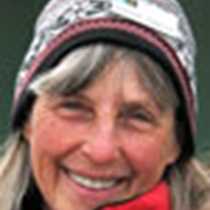This site was originally a fishing camp of native Tlingit people but is better known for its Norwegian heritage. Peter Buschmann emigrated from his European homeland to Tacoma, Washington in 1891 and 6 years later homesteaded on Mitkof Island. Buschmann was soon joined by other Norwegians. Abundant salmon, shrimp, and halibut; plentiful lumber; and ice from LeConte Glacier 25 miles away provided perfect conditions for the growing community. Iced halibut made its way to the East Coast of the U. S., and Petersburg became known as the halibut capital of Alaska.
The Sons of Norway Hall, a conspicuous building near the dock, was completed in 1912. Decorative painting known as rosemaling trims the windows of the hall and other structures in town.
The afternoon offered something for everyone. There was leisure time to shop and stroll the colorful streets named after famous old fishing boats of the commercial fleet. Cannery tours gave a glimpse into the fishing industry so important to Southeast Alaska. A helicopter and two float planes ferried flightseers to the LeConte Glacier for spectacular vistas of the ice and surrounding landscapes. Hikers embarked on naturalist-led walks that started on the far side of the channel. The trail wound through lush, mossy forest then emerged onto open muskeg, a fascinating boggy habitat with sticky-leaved sundews poised to capture unsuspecting insects and spiders, and with stunted trees dwarfed by their forest neighbors. We returned to the ship and set sail for new adventures. A delicious dinner of baby back ribs and freshly caught Dungeness crabs finished the day.




